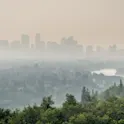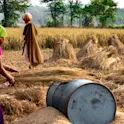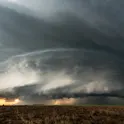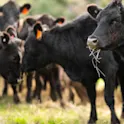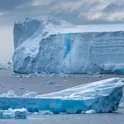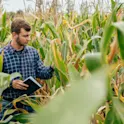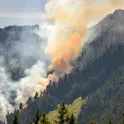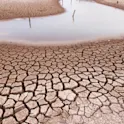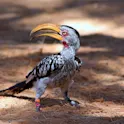
Frontiers news
28 May 2024
AI, open science, and the extreme weather pandemic: Takeaways from SXSW 2024
Every year, creatives, innovators, and visionaries from around the world gather in Austin, Texas for a celebration of human creativity at South by Southwest (SXSW). The week-long conference offers a vibrant convergence of tech, film, music, education, and culture. Over 450 sessions, from keynotes and feature speakers to panels and workshops, enable participants to encounter cutting-edge ideas, discover new interests, and network with other professionals from across industries. Among the topics of focus for this year’s SXSW was climate change. A dedicated ‘track’, or lineup, of sessions explored the most promising ideas on mitigating or adapting to the effects of global warming and in-depth coverage of the consequences of unpredictable weather patterns and rising ocean levels.


